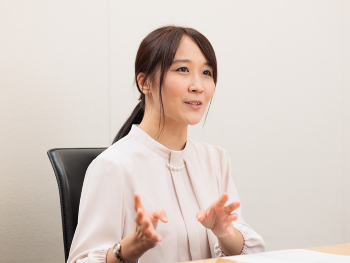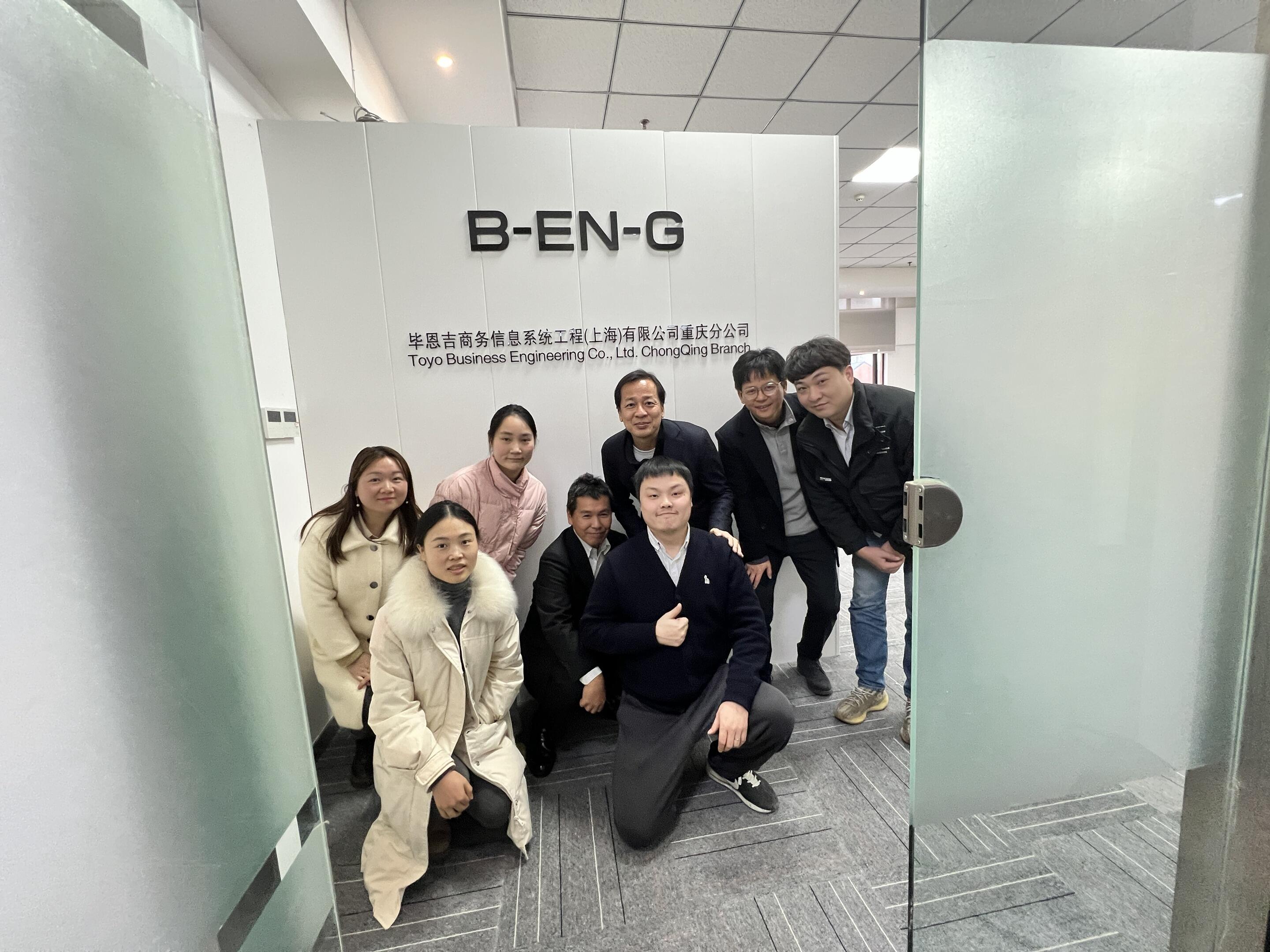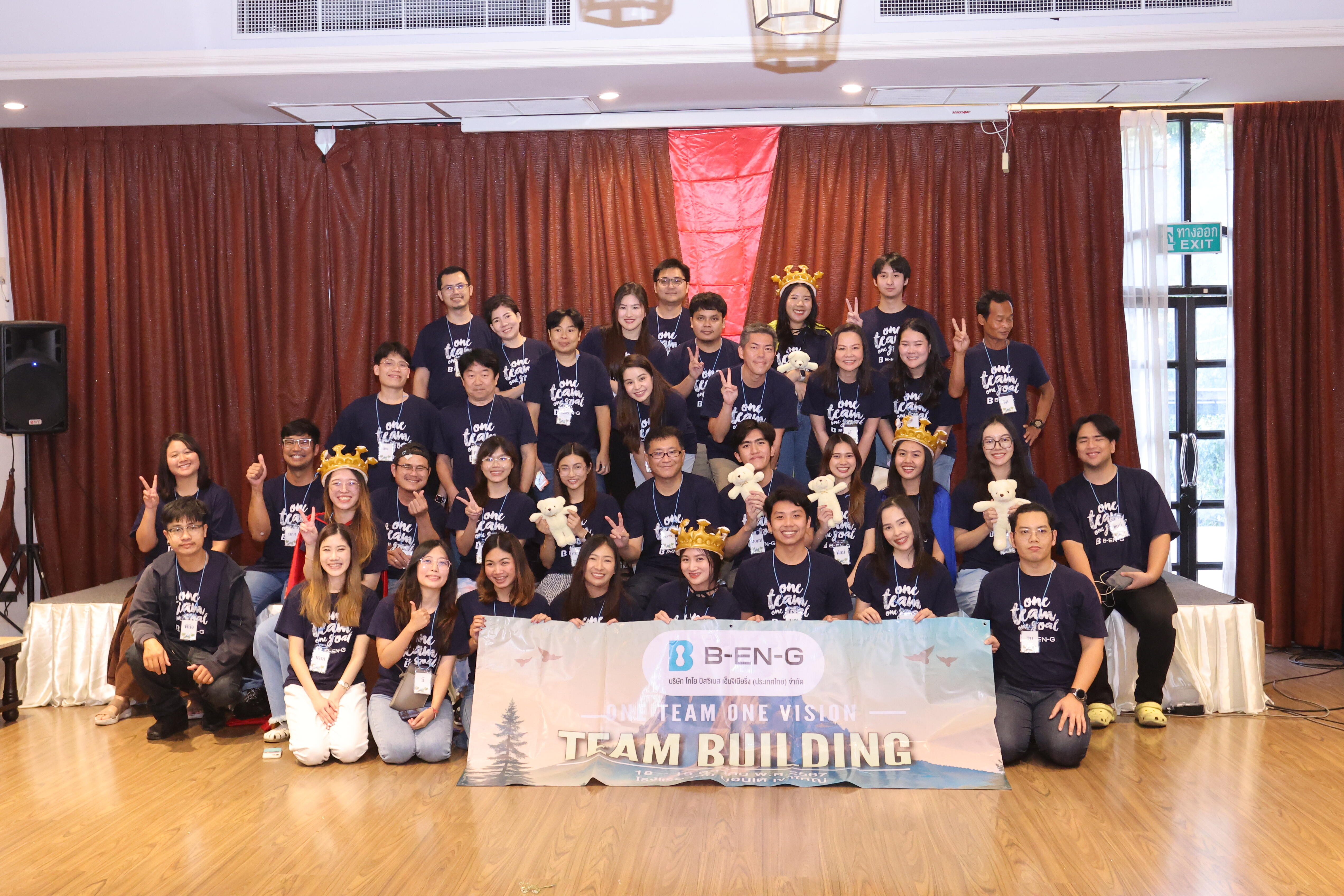Speaker: Business Engineering Corporation
Solution Business Headquarters
Digital Enterprise Headquarters, Enterprise Solutions Division 2
Senior Consultant
Tei Shin

Cheng Cen first came to Japan in 2006 to study at a Japanese university, and later went on to graduate school where he learned accounting theory and practical skills for ERP packages. He then joined B-EN-G as a new graduate and began his long-cherished career as an ERP consultant.
Zheng is particularly adept at automatic accounting entries, paid payments, and inventory management, which are achieved by linking functional modules in the SAP system, and his attitude of always approaching problem-solving with sincerity has earned him high praise from many clients, particularly those in the manufacturing industry.
Zheng, who struggles every day to balance work with family and child-rearing, is now one of B-EN-G's leading ERP consultants.
Join B-EN-G to become an ERP professional
Working together with your partner to balance work with family and childcare, and honing your career while demonstrating your abilities together - this is a lifestyle that is desirable in a society where diversity is respected, but it is not easy to put it into practice.
"Only when you shine at work can you shine at home," says Cheng Shin of the Enterprise Solutions Division 2, Digital Enterprise Headquarters, Solutions Business Headquarters. He works as an ERP consultant, focusing on SAP systems, while also working hard at the daily housework and child-rearing, sharing these duties with his wife.
Born in Nanjing, the capital of Jiangsu Province in China, Zheng studied Japanese at university and decided to study abroad at a Japanese university in 2006 when he was in his third year.
"I've always loved Japanese anime and the idol group Arashi, and I've always wanted to live in Japan." (Chung)
Although I mainly studied law at the university I transferred to, I developed a greater interest in bookkeeping, which I also studied at the same time, so I went on to graduate school to specialize in accounting.
Having now fully settled in Japan, Zheng chose B-EN-G as his first job after graduating in 2010.
"In graduate school, I learned accounting theory and also learned practical knowledge about the implementation and use of ERP packages from external lecturers from various consulting firms and SI vendors. I wanted to become a professional in this field. B-EN-G was the place that most highly valued and respected that desire and ambition." (Tei)
Demonstrating his skills in implementing SAP systems in the manufacturing industry

Having fulfilled his dream of becoming an ERP consultant, Zheng has demonstrated his skills in the implementation projects of SAP ERP (ECC), SAP S/4HANA, and SAP Ariba in many manufacturing industries, including large machinery manufacturers, medical equipment manufacturers, and electronic parts manufacturers. He is particularly skilled in automatic accounting, paid payment, and inventory management, which are achieved by linking functional modules such as SAP MM (purchase inventory management), FI (financial accounting), and CO (management accounting).
For example, one customer "used the offsetting of accounts receivable and payable functions developed in the procurement management system they had introduced earlier to handle the paid supply of raw materials, while also utilizing SAP's standard outsourcing management and material requirements planning (MRP) functions to create supply plans and procurement plans that were aligned with the inventory status of their suppliers." (Tei)
Furthermore, for another client, "we helped to reform production operations by utilizing SAP's MRP functions while minimizing system modifications for multiple production plants managed by different owner departments. One particular effort in this case was to prevent double counting of inventory valuation and payables incurred in the same transaction. We also supported company-wide consensus building by holding detailed explanations and discussions in advance with users in the accounting department and developing a report function that can determine the validity of operations related to finance and cost management," says Zheng.
The daily struggle to balance work with housework and childcare

Zheng got married in 2015, five years after joining the company, but the turning point for her was giving birth in June 2021. After a combined maternity and childcare leave period of about 13 months, she returned to work in May 2022. She also resumed her work as an ERP consultant.
Since then, Zheng has been working remotely and in the office almost half the time, but he is especially busy on the days when he goes to the office. After waking up at around 5:30 to prepare breakfast and get ready for work, he wakes up his child at 6:30 and takes him to nursery school at 7:00. In the evening, he leaves the office at 5:00 and then goes straight to pick up his child from nursery school. After returning home, he has to feed his child dinner, give him a bath, put him to bed, and do various household chores in between, so he has a mountain of things to do.
"B-EN-G has a personnel system called non-discretionary positions, which is very helpful because it allows employees to decide their working hours and attendance ratios in advance according to their personal circumstances. It is also possible to declare that they cannot work overtime. Thanks to this, my husband and I, who works as a freelance IT consultant, are able to balance work and family life by flexibly switching between the division of housework and child-rearing responsibilities and helping each other out." (Chung)
Providing awareness to customers themselves to support change

The business front lines at B-EN-G were also eagerly awaiting Zheng's return to work as soon as possible after she had taken some time off to give birth and raise her child. Zheng's direct superior, General Manager of the Enterprise Solutions 2 Division, Mamoru Asai, recalls:
"A manufacturing client that Zheng had been in charge of since the initial implementation of the SAP system recently started a new project, and the client expressed strong expectations, saying, 'We would be extremely grateful if you could return to the project.'" (Asai)
As for what makes Zheng so highly regarded, it is that, in a good way, he "doesn't draw a line in customer requests." "Customer issues are a complex mix of issues that are both operational and system-related, but Zheng listens to all of the consultations from customers, separates the elements that need to be addressed on the operational side from the elements that need to be addressed on the system side, and shows them the path to resolving the issues. This is possible only because Zheng has both specialized accounting knowledge and experience with ERP packages, and Zheng's constant sincerity in solving problems has earned him the deep trust of customers." (Asai)
There is an anecdote that illustrates Zheng's situation. It was a project to make the existing SAP system compatible with a spin-off. The start date of the new company's operations had already been decided, and the transition had to be completed by then, but the biggest problem was that the parent company and the new company were unable to decide on a policy for dividing assets. "Unless this was clear, we couldn't determine how much of the existing accounting data should be transferred to the new company's SAP system. The schedule was getting tighter and tighter, and there was a growing sense of impatience on the ground," says Zheng.
The solution that Zheng took was to develop the following migration tool: "First, we copied the existing parent company's SAP system in its entirety to the new company. We then devised a way to parameterize the conditions that could serve as the criteria for asset division. This makes it possible to quickly delete all data that is not considered assets by simply changing the parameters, even if the business criteria change, without having to modify the program. In any case, we devised this mechanism to prevent confusion in the workplace and to avoid creating non-standard SAP systems." (Zheng)
As a result, the migration method proposed by Cheng proved to be a great success, enabling the manufacturing client to start operations at the new company on schedule. Moreover, "this approach to system migration has now become established as one of the client's standard methods, and is being adopted by other departments as well," says Asai.
As can be seen in this case, in the various projects that Zheng has been involved in, he has not only met the functional requirements requested, but also provided numerous "realizations" for the clients themselves, thereby supporting transformation in both business operations and systems.
"The purpose of introducing an ERP package is to support a company's core business from a systems perspective, manage data from upstream to downstream in an integrated and real-time manner, and improve management efficiency. Therefore, whether you are introducing a procurement module or a production module, behind the scenes there is always accounting data that is linked to management, and we must not forget that there is an accounting department that uses that data."

"As an ERP consultant, I always try to understand the mechanisms for functional integration and data utilization across multiple modules of the SAP system I specialize in, and also to have the business knowledge to be able to communicate not only with the system department but also with multiple business departments and management," Zheng said of his policy, as he plans to continue to further advance his career as an ERP consultant.








